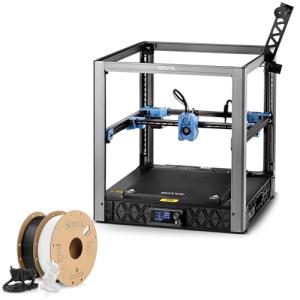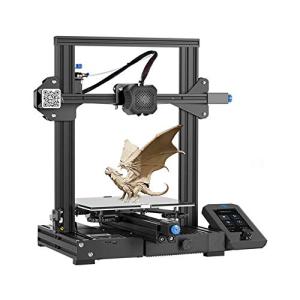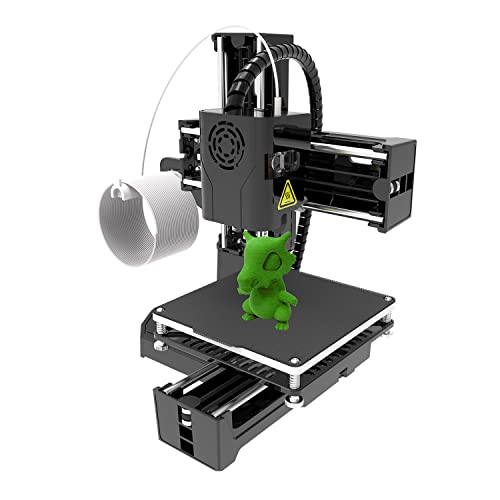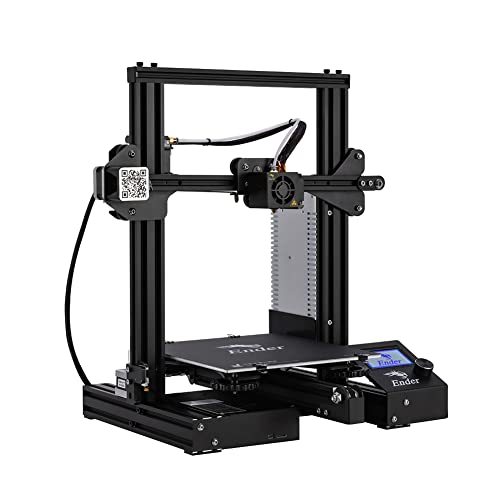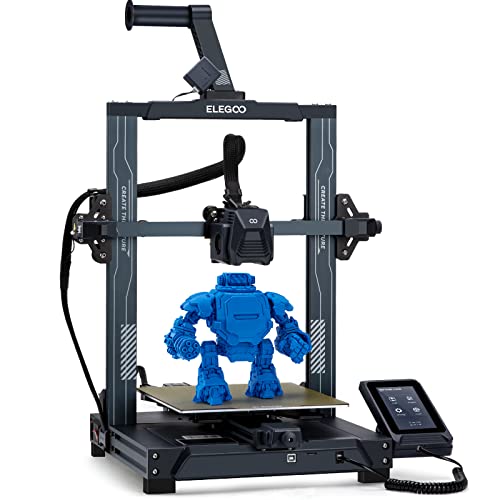3D printing can be a fun and creative hobby, but it’s not always smooth sailing. You might run into some common issues that can be a bit frustrating. Don't worry, though! 3D printer troubleshooting can help you get back on track. Here are a few problems you might face and how to deal with them.
One of the most frequent issues is poor adhesion to the print bed. If your prints keep warping or peeling off, check your bed level. An unlevel bed can lead to disaster. Make sure it’s nice and even. You can also try using some adhesive spray or glue stick on the bed if you’re not getting the grip you need. Simple fixes can save you a lot of time!
Another common headache is filament jams. If your printer’s making weird noises or the filament isn’t getting through, you might have a blockage. First, check the nozzle for any clogs. Cleaning it out can often do the trick. Also, keep an eye on the type and quality of filament you’re using. Some cheaper options can cause more jams!
Then there’s the issue of stringing, where thin strands of plastic end up between your printed parts. This can make your final print look messy. Adjusting the temperature and retraction settings can usually sort this out. A little trial and error goes a long way in mastering 3D printer troubleshooting.
Lastly, layer separation can cause parts to come apart mid-print. This often happens when the printer temperature is too low. Try increasing the temperature slightly, and don’t forget to check that the filament is stored properly to avoid moisture problems. Keep these tips in mind, and you’ll be well on your way to becoming a 3D printing pro!
Quick Fixes for Common Printer Problems
Let's dive into some quick fixes for those pesky problems you might run into with your 3D printer. When you're knee-deep in a project, the last thing you want is a printer acting up. Here are some friendly tips to help you out.
First up, if you notice your prints are coming out rough or with obvious lines, it might be time to level the print bed. An unlevel bed can cause all sorts of issues. Just grab a piece of paper and slide it between the nozzle and the bed. Adjust the bed until there's a slight resistance when you move the paper. Voila, you’re good to go!
Another common issue is filament not sticking to the bed. If your prints keep warping or not adhering properly, check that your bed is clean. A quick wipe with isopropyl alcohol can work wonders. If that doesn’t cut it, try applying a glue stick or some blue painter's tape to give your filament a bit more grip.
Having trouble with clogged nozzles? That’s a bummer! A good way to handle it is by performing a cold pull. Heat the nozzle, then let it cool down slightly. Pull on the filament to remove any debris. You’ll be surprised at how often this simple trick does the job and gets you back on track.
Lastly, if your printer just won’t connect to your computer or slicing software, check your USB cable and ports. Sometimes it’s something as simple as a loose connection. If all else fails, try rebooting your printer and computer. It’s amazing how often just restarting can solve connectivity issues.
Sovol SV08 Core-XY 3D Printer with 2kg Filament
Experience high-speed printing and impressive precision with the Sovol SV08 Core-XY 3D Printer, complete with 2kg of quality filament to kickstart your projects
Product information
$589.99
Product Review Score
4.89 out of 5 stars
165 reviewsProduct links
Best Practices for Preventing Issues
Taking care of your 3D printer can save you a ton of headaches down the line. Here are some best practices to set you up for success. First, always use high-quality filament. Cheap stuff can cause jams and clogs, leading to frustrating 3D Printer Troubleshooting moments. Brands like PLA and PETG often yield the best results and are easy to work with.
Next up, keep your printer clean. A quick wipe down of the print bed and nozzles can do wonders. Use a soft cloth to remove dust and debris. Cleaning also extends to the insides—every now and then, open it up and give it a look. Dust and filament remnants can mess with your prints.
Another biggie is to make sure your printer is properly calibrated. Take the time to level that print bed! An unlevel bed can cause everything from poor adhesion to inch-high spaghetti monsters. Follow your printer's manual for calibration tips, and you’ll be amazed at the difference.
Don’t ignore software updates. Keeping your firmware up-to-date can solve bugs and improve performance. It’s like giving your printer a little boost. Also, consider using slicing software that suits your printing style. Some offer advanced features that can make 3D Printer Troubleshooting way easier if things go sideways.
Ender 3 V2 3D Printer with Resume Feature
Enjoy hassle-free printing with a reliable resume feature that keeps your projects on track
Product information
$450.99
Product Review Score
4.33 out of 5 stars
19 reviewsProduct links
When to Seek Help from Experts
Sometimes, no matter how hard you try, things just don’t click with your 3D printer. When you’re knee-deep in 3D Printer Troubleshooting and feel like you’re hitting a wall, it might be time to get some expert help. Don’t worry, it happens to everyone. You’re not alone in this!
If you’re facing issues that persist despite your best efforts, like constant failed prints or a printer that won't start, reaching out to an expert can save you time and frustration. Maybe you’ve tried adjusting settings or cleaning parts but nothing has worked. That’s a sign that a second pair of eyes—even if they’re virtual—could help you find a solution.
Another good time to seek help is when you encounter error codes or strange noises. These can often point to underlying problems that might not be obvious. Experts often have the experience to figure out what’s going wrong based on those little red flags that we might overlook. They can quickly guide you through the necessary steps to get your printer back in shape.
Finally, if you're considering upgrades or higher-level modifications, consulting with a pro can make a big difference. Getting their expertise can prevent costly mistakes and ensure your new components fit well with your setup. It’s definitely worth it, especially if you want to level up your 3D printing game without the headaches.
